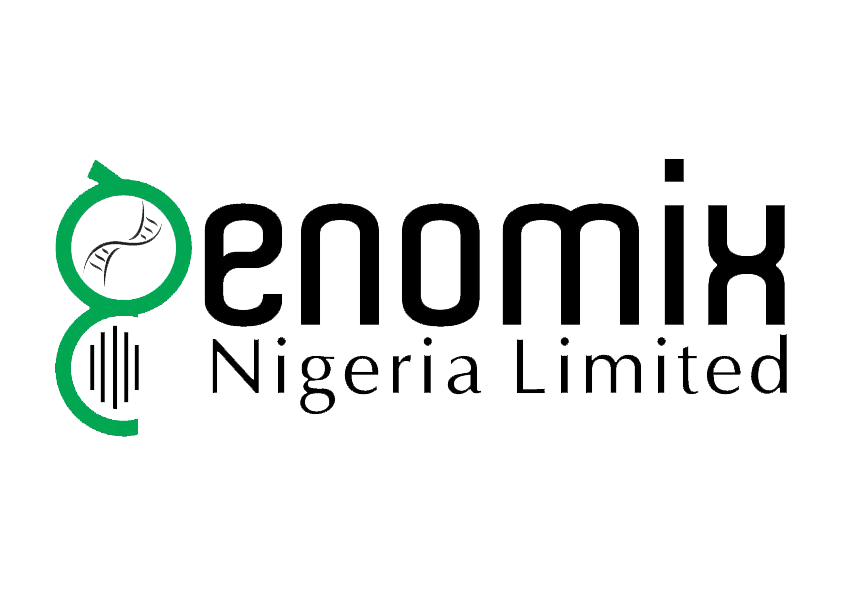What Is A Trisomy
A trisomy is a term for a genetic condition in which there are three chromosomes instead of the usual pair.
Trisomy 22:
Trisomy 22 is caused when a baby has three copies of chromosome 22, instead of two. Trisomy 22 is very rare but pregnancies diagnosed with it are at very high risk of miscarriage or stillbirth.
Trisomy 16:
Trisomy 16 is caused when a baby has three copies of chromosome 16, instead of two. Full trisomy 16 is incompatible with life and unfortunately most women will miscarry in the first trimester.
Trisomy 9:
Trisomy 9 is caused when a baby has three copies of chromosome 9, instead of two. Babies born with trisomy 9 commonly have defects in the heart, kidneys, and musculoskeletal system.
Trisomy 21 / Down Syndrome:
Trisomy 21, more commonly known as Down Syndrome, is a condition caused by an extra copy of chromosome 21. Unfortunately, miscarriage occurs in about 30% of pregnancies with Down Syndrome. Those children born with Down Syndrome will need extra medical care depending on the child’s specific health problems.
Early intervention has proven to be essential in enabling individuals with Down Syndrome to lead healthy and productive lives. For more information or support, please see our resources page.
Trisomy 18 / Edwards Syndrome:
Trisomy 18, or Edwards Syndrome, is caused when a baby has three copies of chromosome 18, instead of two. Unfortunately, pregnancies with Edwards Syndrome are at high risk of miscarriage and most babies born with Edwards Syndrome die within the first few weeks of life while less than 10% live beyond one year.
Infants with Edwards Syndrome have severe intellectual disabilities and birth defects involving the heart, brain, and kidneys and external abnormalities.
Trisomy 13 / Patau Syndrome:
Trisomy 13, or Patau Syndrome, is caused when a baby has three copies of chromosome 13, instead of two. Unfortunately, pregnancies diagnosed with Patau Syndrome are at high risk for miscarriage or stillbirth, and most babies born with Patau Syndrome will not survive beyond the first weeks of life.
Babies with Patau Syndrome may have heart defects, brain or spinal cord problems, extra fingers and/or toes, opening in the lip (cleft lip) with or without opening in the roof of the mouth (cleft palate).
What Is A Deletion Syndrome
Deletion syndromes are defined as a group of clinically recognizable disorders characterized by a small deletion of a chromosomal segment. The size and position of the deletion determine which clinical features are manifested and how severe they are.
5p / Cri-du-Chat:
Also known as 5P deletion syndrome, babies exhibit small head size, low birth weight, decreased muscle tone, feeding and/or breathing difficulties and have moderate to severe intellectual disability.
1p36:
Babies born with 1p36 deletion syndrome typically have weak muscle tone, heart and other organ defects. Most will display developmental problems and varying degrees of intellectual disability.
2q33.1:
Babies born with 2q33.1 will typically experience delayed growth and exhibit behavioural developmental problems. Severe feeding difficulties are common and the incidence of cleft palate is also high.
DiGeorge Syndrome:
Babies born with DiGeorge syndrome 2 may present many clinical problems, including cardiac defects, hypoparathyroidism, T-cell immunodeficiency, and facial dysmorphism amongst others.
16p12.2-p11.2:
Babies born with 16p12.2-p11.2 deletion syndrome commonly have dysmorphic facial features, feeding difficulties, recurrent ear infections, developmental delay, and cognitive impairment.
Jacobsen Syndrome:
Common features of the syndrome are growth delay, psychomotor problems, a broad nasal bridge, short nose with anteverted nostrils, carp-shaped upper lip, low-set dysmorphic ears and other limb dysmorphia.
Van der Woude Syndrome:
Van der Woude syndrome is caused by a mutation in a single gene with equal distribution between the sexes. Clinical symptoms are lower lip pits with cleft lip and cleft palate.
Angelman Syndrome:
Angelman syndrome is a neurodevelopmental disorder characterized by mental disability, movement/balance disorders, and severe limitations in speech.
What Are Sex Chromosome Abnormalities
Each cell in your body contains 46 chromosomes arranged in 23 pairs. One of these chromosome pairs is known as the sex chromosomes because this pair of chromosomes determines our sex. Sex chromosome abnormalities occur when there are extra, missing, or altered sex chromosomes present.
XXY / Klinefelter Syndrome:
Klinefelter’s syndrome is a genetic condition that only affects males. Affected males have an extra X chromosome.Males with Klinefelter’s syndrome have small testes which do not produce enough of the male hormone testosterone before birth and during puberty. This lack of testosterone means that during puberty, the normal male sexual characteristics do not develop fully. There is reduced facial and pubic hair, and some breast tissue often develops. The lack of testosterone is also responsible for other symptoms, including infertility.
XXX / Triple X:
Triple X syndrome, also called trisomy X is characterized by the presence of an additional X chromosome in each of a female’s cells. Triple X syndrome is associated with an increased risk of learning disabilities and delayed development of speech and language skills. Delayed development of motor skills (such as sitting and walking), weak muscle tone (hypotonia), and behavioral and emotional difficulties are also possible, but these characteristics vary widely among affected girls and women. Seizures or kidney abnormalities occur in about 10 percent of affected females.
X / Turner Syndrome::
Turner syndrome is caused by a completely or partially missing X sex chromosome in females. Females with Turner syndrome often have a wide range of symptoms and some distinctive characteristics. Two that occur in almost all cases of Turner syndrome are:
-being shorter than average
-underdeveloped ovaries (female reproductive organs), resulting in a lack of monthly periods and infertility.
